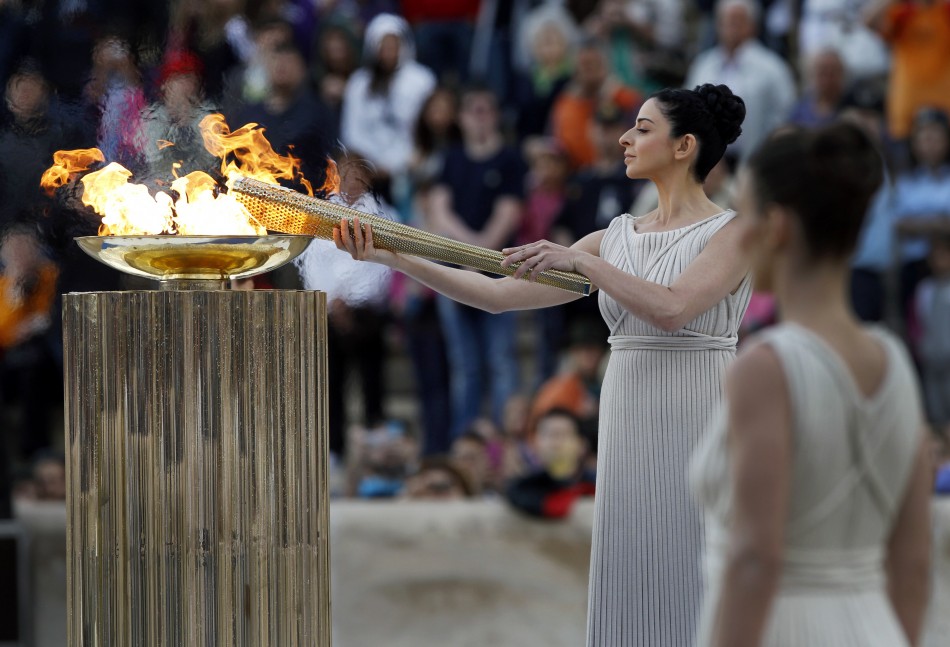The Olympic Games are a grand celebration of athletic prowess, cultural exchange, and international camaraderie. With a history that dates back to ancient Greece, the Olympics have evolved into a global phenomenon that captivates millions. Here, we delve deeper into ten mind-blowing facts about the Olympic Games, exploring their origins, traditions, and the remarkable stories that have emerged from them.
1. Ancient Origins
The Olympic Games originated in Olympia, Greece, around 776 BC. Held every four years, these games were part of a religious festival honoring Zeus, the king of the Greek gods. Initially, the competition lasted for up to six months and included events such as running, wrestling, boxing, long jump, javelin, discus, and chariot racing. The ancient Olympics were not merely athletic contests; they were also a means of promoting peace among the warring city-states of Greece, with a truce declared during the Games to allow safe passage for athletes and spectators.
2. A 1500-Year Hiatus
The ancient Olympic Games continued for nearly 12 centuries until they were banned by Emperor Theodosius I in 393 AD, who deemed them a pagan festival incompatible with Christianity. This marked the end of the Olympics for over 1,500 years. The revival of the Games began in the late 19th century, largely due to the efforts of Baron Pierre de Coubertin, who organized the first modern Olympics in Athens in 1896. This event featured 13 countries and 280 athletes competing in 43 events, marking a significant return to the Olympic tradition.
3. Competing in the Nude
In ancient Greece, athletes competed in the nude, a practice that symbolized their dedication to the gods and showcased the beauty of the human body. This tradition was not only a display of physical prowess but also a cultural norm, reflecting the values of the time. The term “gymnasium” itself is derived from the Greek word “gymnós,” meaning naked. This practice has long since been abandoned, but it remains a fascinating aspect of Olympic history.
4. Women in the Olympics

Women were not allowed to compete in the ancient Olympic Games, but this changed in 1900 when women participated for the first time in tennis and golf at the Paris Olympics. Since then, the involvement of women in the Olympics has expanded significantly. The Tokyo 2020 Olympics marked a historic milestone, as it was the first time that every participating nation sent female athletes to compete. Today, women compete in nearly all Olympic sports, showcasing their talent and breaking barriers in the world of athletics.
5. The Olympic Flame

The Olympic flame symbolizes peace, unity, and the continuity between the ancient and modern Games. It is lit in a ceremonial event at the Temple of Hera in Greece using a parabolic mirror to focus sunlight. The flame is then carried to the host city through a relay, which has included runners, boats, and even airplanes. The torch relay was first introduced during the 1936 Berlin Olympics, making it a relatively modern tradition. The flame is meant to burn throughout the entire duration of the Games, and if it goes out, it can only be reignited using a backup flame that is kept lit in Greece.
6. Gold Medals Are Mostly Silver
Contrary to popular belief, Olympic gold medals are not made of pure gold. Since 1912, they have been primarily composed of silver, with only about 6 grams of gold plating. This means that the actual value of a gold medal is significantly lower than one might assume, with the current market value of a pure gold medal being around $32,000. The medals are designed to represent the spirit of the Olympics, with each medal featuring unique designs that reflect the culture of the host country.
7. The Youngest Olympian

Dimitrios Loundras, a Greek gymnast, holds the record as the youngest Olympic medalist. He competed in the 1896 Athens Games at just 10 years old, winning a bronze medal in the team parallel bars event. His participation highlights the diverse range of ages and backgrounds represented in the Olympics, demonstrating that talent can emerge at any age.
8. The Olympic Mascots
Introduced in 1968, Olympic mascots have become a beloved aspect of the Games, reflecting the culture and heritage of the host country. Each mascot is designed to resonate with the local population and create a sense of connection with the global audience. They serve as symbols of the spirit of the Games and are often featured in various merchandise. For example, the 2020 Tokyo Olympics featured “Miraitowa,” a blue-and-white checkered character representing the future, while “Someity,” a pink character, symbolizes cherry blossoms and the spirit of the Japanese people.
9. Paralympic Games
The Paralympic Games were first held in Rome in 1960, providing a platform for athletes with disabilities to compete at an elite level. Initially aimed at disabled war veterans, the Paralympics have grown to include a wide range of athletes, promoting inclusivity and showcasing extraordinary athletic talent across various sports. The Paralympics are held shortly after the Olympics in the same host city, further emphasizing the Olympic spirit of unity and competition.
10. Record-Breaking Athletes
Michael Phelps, an American swimmer, is the most decorated Olympian in history, with a staggering total of 28 medals, including 23 golds, earned between 2004 and 2016. His achievements have set a high standard for future athletes and exemplify the dedication and discipline required to excel at the Olympic level. Phelps’s success has inspired countless individuals to pursue their athletic dreams and has contributed to the global popularity of swimming as a competitive sport.
FAQs about the Olympic Games
Q1. What is the origin of the Olympic Games?
A1. The Olympic Games originated in ancient Greece around 776 BC as part of a religious festival honoring Zeus. They were held every four years in Olympia and featured various athletic competitions.
Q2. When were women first allowed to compete in the Olympics?
A2. Women were first allowed to compete in the Olympics in 1900 during the Paris Games, participating in sports such as tennis and golf. Their involvement has since expanded to nearly all Olympic events.
Q3. What is the significance of the Olympic flame?
A3. The Olympic flame symbolizes peace, unity, and the connection between the ancient and modern Games. It is lit in a ceremonial event in Greece and carried to the host city through a relay, representing the spirit of the Olympics.
Q4. Are Olympic gold medals made of pure gold?
A4. No, Olympic gold medals are primarily made of silver with about 6 grams of gold plating. This has been the case since 1912, and the actual value of a gold medal is much lower than commonly believed.
Q5. What are the Paralympic Games?
A5. The Paralympic Games are an international multi-sport event for athletes with disabilities, first held in Rome in 1960. They promote inclusivity and showcase the talents of athletes with various disabilities, held shortly after the Olympic Games in the same host city.The Olympic Games continue to evolve, bringing together athletes from around the world to compete in a spirit of friendship and respect. These ten facts, along with the answers to common questions, highlight the rich history and cultural significance of the Olympics, reminding us of the enduring legacy of this extraordinary event.





